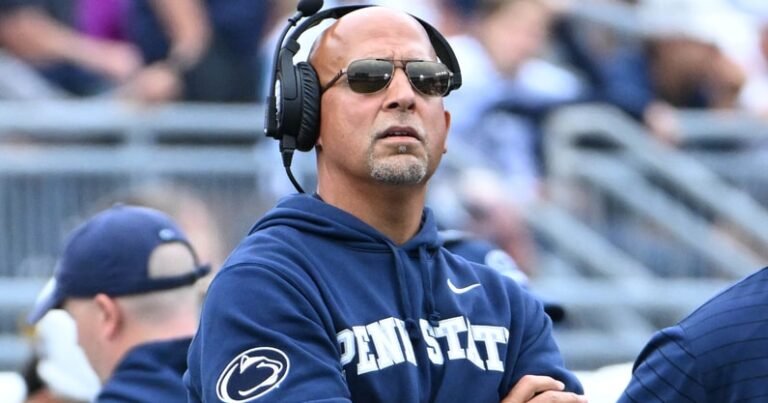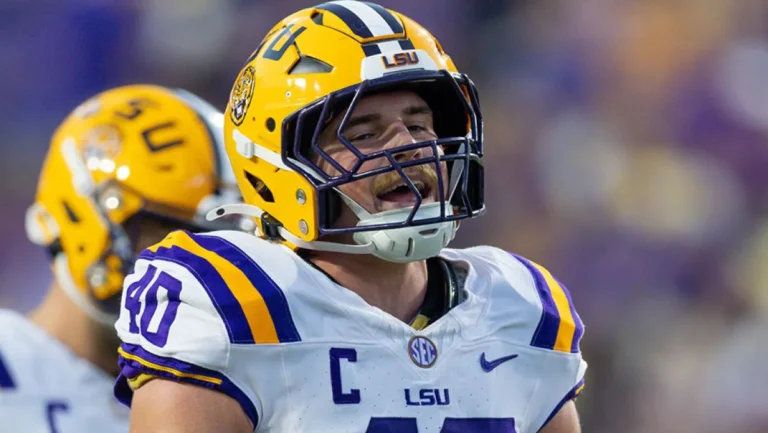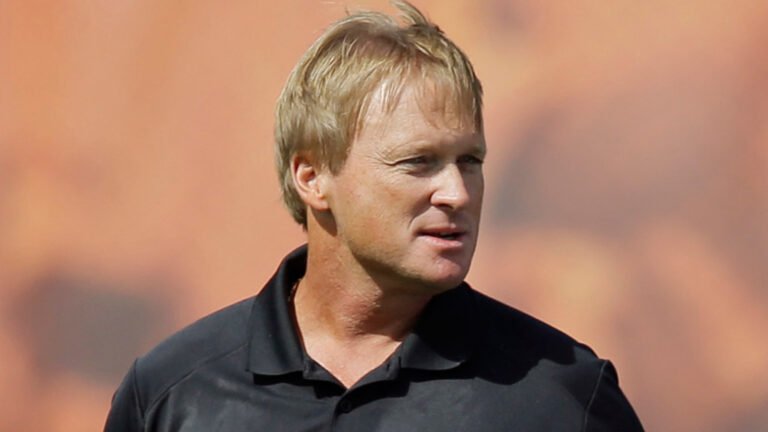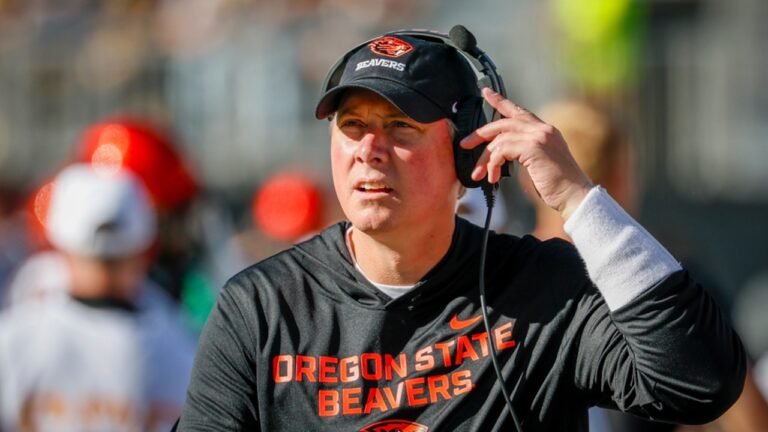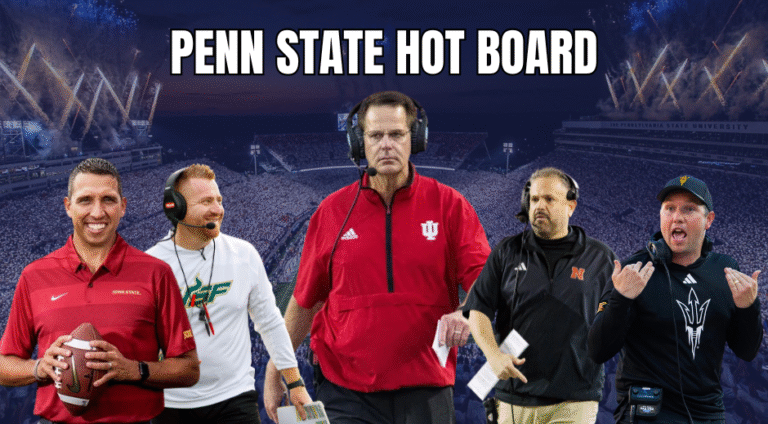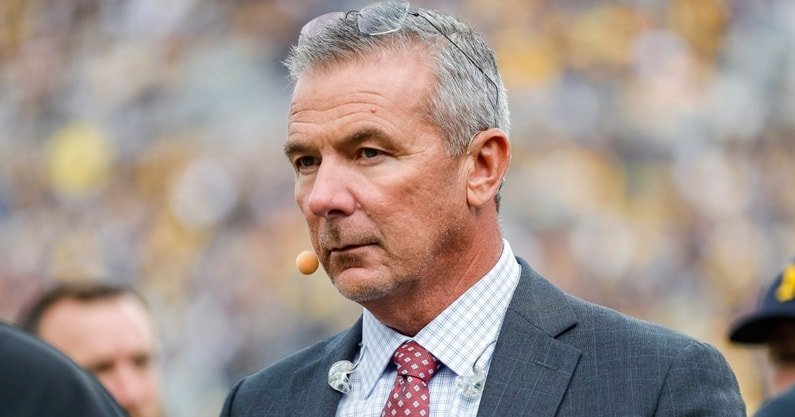
For the first time in decades, Indiana football is the talk of the college gridiron. Coming off a statement win against a Top 10 Illinois team, head coach Curt Cignetti has the Hoosiers riding high into the heart of the season.
And if FOX Sports analyst and former Ohio State coach Urban Meyer is right, this could be only the beginning for Indiana under Cignetti.
“I think he stays,” Meyer said on The Triple Option podcast, responding to speculation about Cignetti being poached by bigger programs. “I think he turns Indiana, it’s incredible to say this, to a playoff team every year. Maybe not make it, but they’re in the conversation.”
Indiana’s rapid transformation under Cignetti is hard to ignore.
After capturing a College Football Playoff berth last year, the Hoosiers no longer look like a fluke.
Their latest victory only adds weight to the notion that Indiana, long dismissed as a second-tier Big Ten program, might be on the verge of sustained relevance.
But with success comes suitors. College football’s coaching carousel is notorious for spinning out of control, especially with the rise of lucrative contracts and sky-high expectations.
Still, Meyer believes Cignetti’s $13 million buyout could deter even the richest athletic departments.
“To fire a coach and hire someone and pay a $13 million buyout, I mean, I don’t think you can do it,” Meyer told co-host Mark Ingram. “Money, the thing we have to understand to get your mind right, and I lived in this world, there’s always a budget, but there really wasn’t.
“You could really work things. This coach had a $400,000 buyout, this, and I remember dealing with all that. Now all the sudden, they come to you and there’s a spreadsheet and it’s called revenue and expenses. And when the expenses are far greater than the revenue, once again, I’m not a math major or a business guy, but what the sh*t? You’ve got a problem.”
Meyer’s view is echoed by others tracking the financial shifts in college sports.
As the NCAA era of NIL deals matures, the landscape of coaching changes has become more complicated. According to USA Today, buyouts are ballooning, but so are the financial commitments to players, putting pressure on athletic budgets across the Power Five conferences.
A recent report from The Athletic noted that “schools are reevaluating spending, with more resources diverted to NIL collectives and player retention, making it harder to justify massive coaching buyouts.” It’s a trend that could work in Indiana’s favor—at least for now.
Cignetti, for his part, has deflected speculation about his future.
After the Illinois win, he told local media, “We’re building something special here, and I’m focused on these players and this program.”
That kind of message resonates with fans hoping their team can avoid becoming another stepping stone.
While Indiana’s run is still young, the mood in Bloomington is optimistic. Urban Meyer, who knows a thing or two about playoff football, sees the Hoosiers as a team that could “be in the conversation” annually.
Whether or not Indiana makes the playoff every season, the perception of the Hoosier program is changing.
And as the college football world adapts to new rules, new money, and new expectations, Cignetti’s steady hand might be exactly what Indiana needs to stay relevant on the national stage.
